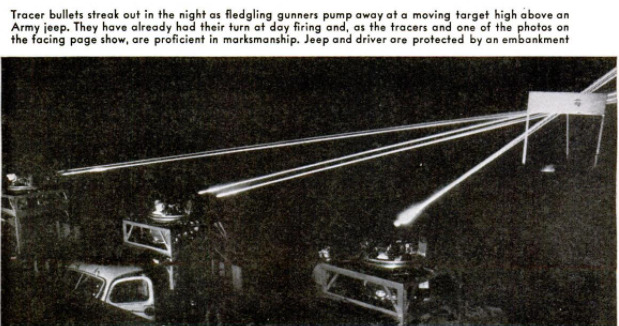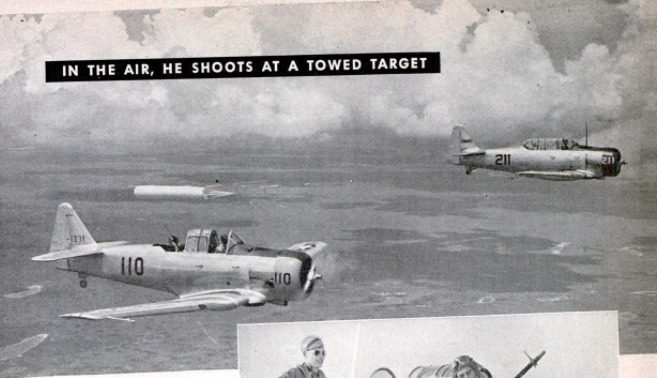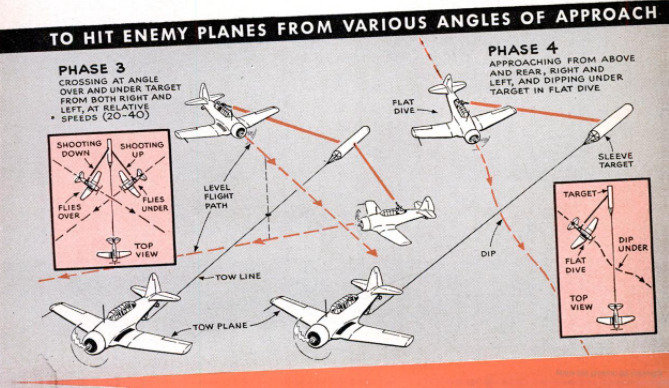-
Title (Dublin Core)
-
The making of U. S. air gunners
-
Article Title and/or Image Caption (Dublin Core)
-
Title: Flying sharpshooters
-
Subtitle: Here's what happens in the five week that turn a green hand into a crack air gunner
-
extracted text (Extract Text)
-
WHEN you read of American aerial
gunners scoring amazing victories
over Axis fighters, do so with the realiza-
tion that many of them, only a few months
ago, had never even
seen a machine gun.
Intensive, thorough
training has given
them the skill of vet-
eran air fighters.
Our gunners fortu-
nately are blessed with good shooting eyes.
They spring from fathers who have handled
rifles since early boyhood. Even without
long, hard training in the art of shooting,
they're more than a" fair match for our
enemies.
But I'd like to present an even more en-
couraging picture. Recently I spent several
days at McCarran Field near Las Vegas,
Nev., one of the Army's schools for train-
ing in flexible gunnery. There I observed
“students, all volunteers, in every stage of
the rigorous five-week course as youngsters
fresh from replacement centers labored and
sweated to win their precious sergeant’s
stripes and gunner's wings. There I ob-
served in the making the smashing victories
that will make tomorrow's news headlines.
Talk to any gunner who has experienced
the withering fire of a German or Jap, and
he'll tell you our boys are better than their
opponents.
Sergt. Hamilton Moore rode the clatter-
ing tail of a Flying
Fortress to help beat
back the Jap fleet at
Midway. Together
with Paul Johnson, a
staff sergeant man-
. ning the upper turret,
he knocked off four Zeros on one flight,
filling them with .50 calibers at 300 to 450
yards. Moore and Johnson went up with
1,200 rounds of ammunition, came down
with 800 remaining in their belts. Four
hundred rounds, four Zeros!
From every front, word comes back to
the schools that American gunners are
taking a terrific toll of the enemy. The
guns of a Flying Fortress dropped three
Sento Zero Zeros off Alaska in six secfnds.
Over France a Fortress exploded a German
fighter at 1,200 yards, a distance normally
considered beyond the effective range for
the .50 calibers.
When a gunner roars into combat, his
shooting job calls for the automatic solu-
tion of several triangles. Were he to halt
for even a second to think about the prob-
lems, the enemy might shoot down the
bomber he's guarding.
Psychologists are just now taking over
the vastly important job of conditioning
him for such moments. Every one of the
35 days in gunnery school witnesses one
more strand of the pattern woven into
training and habits.
You'd be amazed to see recruits awk-
wardly fingering a BB gun one Monday
and tossing off glibly five weeks later such
terms as exterior ballistics, apparent speed,
and range estimation, then winding up with
a sharpshooting demonstration by plug-
ging a fluttering white target from the
after cockpit of a gunnery plane or the
belly turret of a Fortress.
What has occurred meanwhile? First,
they have learned by trapshooting to aim
and lead a target, winging clay birds as
they speed straight away, to right and left.
Then, on a moving-base range, they con-
tinue skeet-shooting from trucks bumping
15 miles an hour around a mile-long track.
Now the birds wing in all directions. A
good shot will hit ten out of 25 during his
first round.
Aim, lead, and fire. That's the eternal pat-
tern. Now the embryo gunner advances to
hand-held .30 caliber machine guns. He
looks across an oval track, around which a
gas-powered car carries a white target,
passing alternately 100 and 400 yards from
the guns. Aim high, lead, and fire. Painted
bullets will reveal the score.
Near by the boys practice range estima-
tion, peering through standard sights along
wooden guns mounted on a long railing.
Every minute or so an attack plane roars
in, swishing past their sights only 50 feet
up. Over the radio they hear: “One mile
. . . one thousand feet . . . eight hundred
... six hundred . . . four hundred . . . two
hundred.” Shortly every man on the line
knows how that 60-foot span looks in his
ring sight at all ranges.
Now the boys get their first taste of the
big 50's. They crawl awkwardly into
powered turrets—the kind they'll fight from
in the Fortresses and Liberators—mounted
on heavy trucks, and train their weapons
on the same white targets. You note they
wait longer before touching the triggers,
and fire shorter bursts. They want every
possible shot to count.
During the final week, having mastered
ground-range firing, from both swivel-
mounted and turret guns, the students
climb daily into planes for aerial firing.
Those Who pass successfully receive com-
bat-crew wings and sergeant's stripes, and
are assigned to teams for final training
before going into action.
How well a gunner performs in combat
depends both upon his training and the ring
sight through which he views the darting
enemy plane. He times the target across,
and the angles take care of themselves.
This adds up to what he knows as rela-
tive or apparent speed, determination of
which requires that he know the range and
the length of time required for a target
moving at a definite speed to cross the ring.
As he grows more familiar with various
approaches in aerial combat, he is able to
estimate that speed by observing only mo-
mentarily the fight of a plane across his
ring.
‘Another reason why aerial gunners must
undergo rigid training is that bullets don't
behave as they would if fired in the still
air of an indoor range from a stationary
‘position into a stationary target. Not only
does gravity pull a 50 caliber projectile
down and air resistance hold it back by
measurable amounts which vary with alti-
tude, but the surrounding air causes the
bullet to drift upward when fired to the
left of the plane, right when shot upward,
down when discharged to the right, and
left when shot downward.
Too, the very rush of the plane forward
imparts a sideways movement to the bullet
until air resistance causes it to straighten
out and actually lag behind the firing plane.
Wind rushing past further complicates
aim, bringing into play a third factor called
ballistic deflection. This means the gunner
must actually lead the target by an addi-
tional amount, depending upon the angle
at which he fires.
Few military experts thought two years
ago that aerial gunnery as exemplified by
American crack shots would account for a
high percentage of hits at ranges exceeding.
a half mile. Then the 50's commenc:
proving their worth, Germans and Japs
became wary of moving in too close, and
air battles raged with fighters pot-shooting.
from 600, $00, and 1.000 yar, sweeping in
for quick passes at closer ranges. But the
50 caliber is still deadly against these tac-
tics. With a well-trained man behind it,
it can throw 400 to 600 slugs a minute into
a hat at 3,000 feet. And that's shooting!
-
Contributor (Dublin Core)
-
Andrew R. Boone (Article Writer)
-
Language (Dublin Core)
-
eng
-
Date Issued (Dublin Core)
-
1943-04
-
pages (Bibliographic Ontology)
-
118-125
-
Rights (Dublin Core)
-
Public Domain (Google Digitized)
-
Archived by (Dublin Core)
-
Matteo Ridolfi
-
Marco Bortolami (editor)
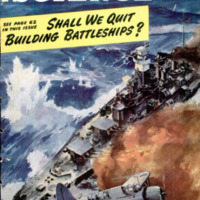 Popular Science Monthly, v. 142, n.4, 1943
Popular Science Monthly, v. 142, n.4, 1943
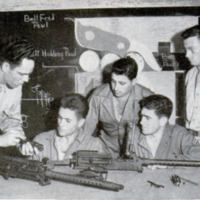 Schermata 2022-02-23 alle 15.01.30.png
Schermata 2022-02-23 alle 15.01.30.png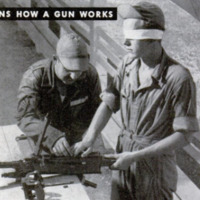 Schermata 2022-02-23 alle 15.01.35.png
Schermata 2022-02-23 alle 15.01.35.png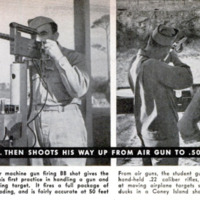 Schermata 2022-02-23 alle 15.01.42.png
Schermata 2022-02-23 alle 15.01.42.png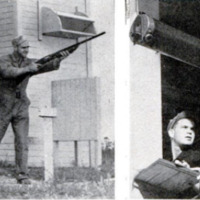 Schermata 2022-02-23 alle 15.01.54.png
Schermata 2022-02-23 alle 15.01.54.png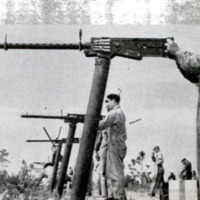 Schermata 2022-02-23 alle 15.02.02.png
Schermata 2022-02-23 alle 15.02.02.png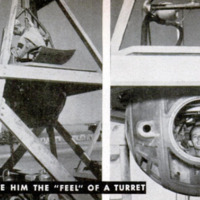 Schermata 2022-02-23 alle 15.02.08.png
Schermata 2022-02-23 alle 15.02.08.png Schermata 2022-02-23 alle 15.02.22.png
Schermata 2022-02-23 alle 15.02.22.png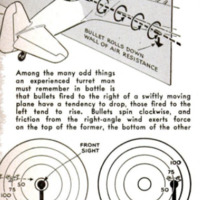 Schermata 2022-02-23 alle 15.02.40.png
Schermata 2022-02-23 alle 15.02.40.png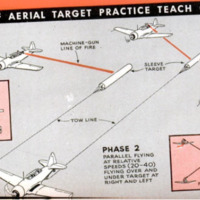 Schermata 2022-02-23 alle 15.02.45.png
Schermata 2022-02-23 alle 15.02.45.png Schermata 2022-02-23 alle 15.02.51.png
Schermata 2022-02-23 alle 15.02.51.png Schermata 2022-02-23 alle 15.02.57.png
Schermata 2022-02-23 alle 15.02.57.png






